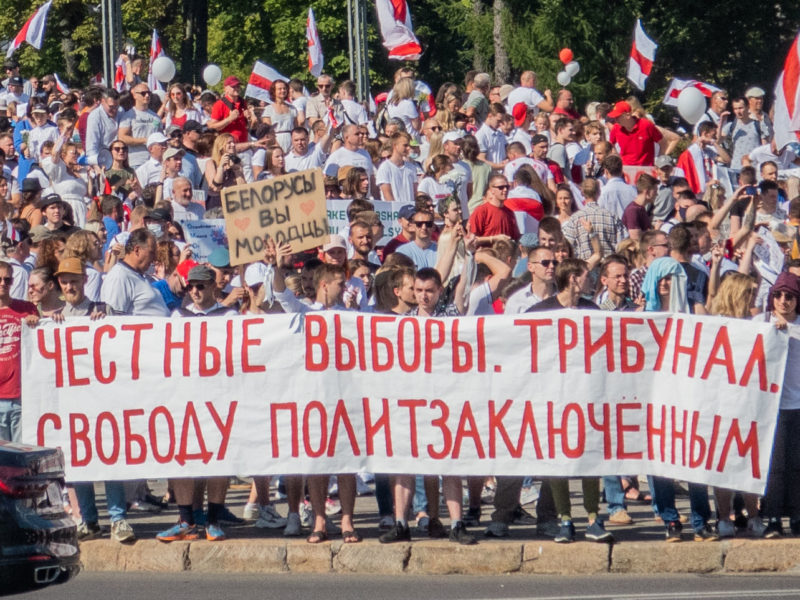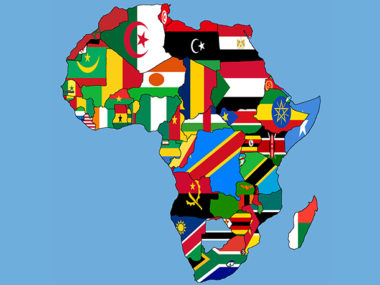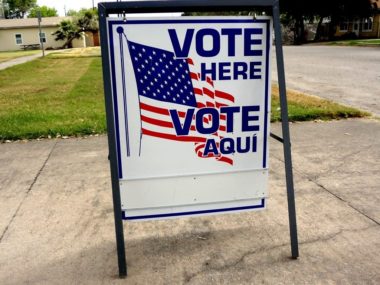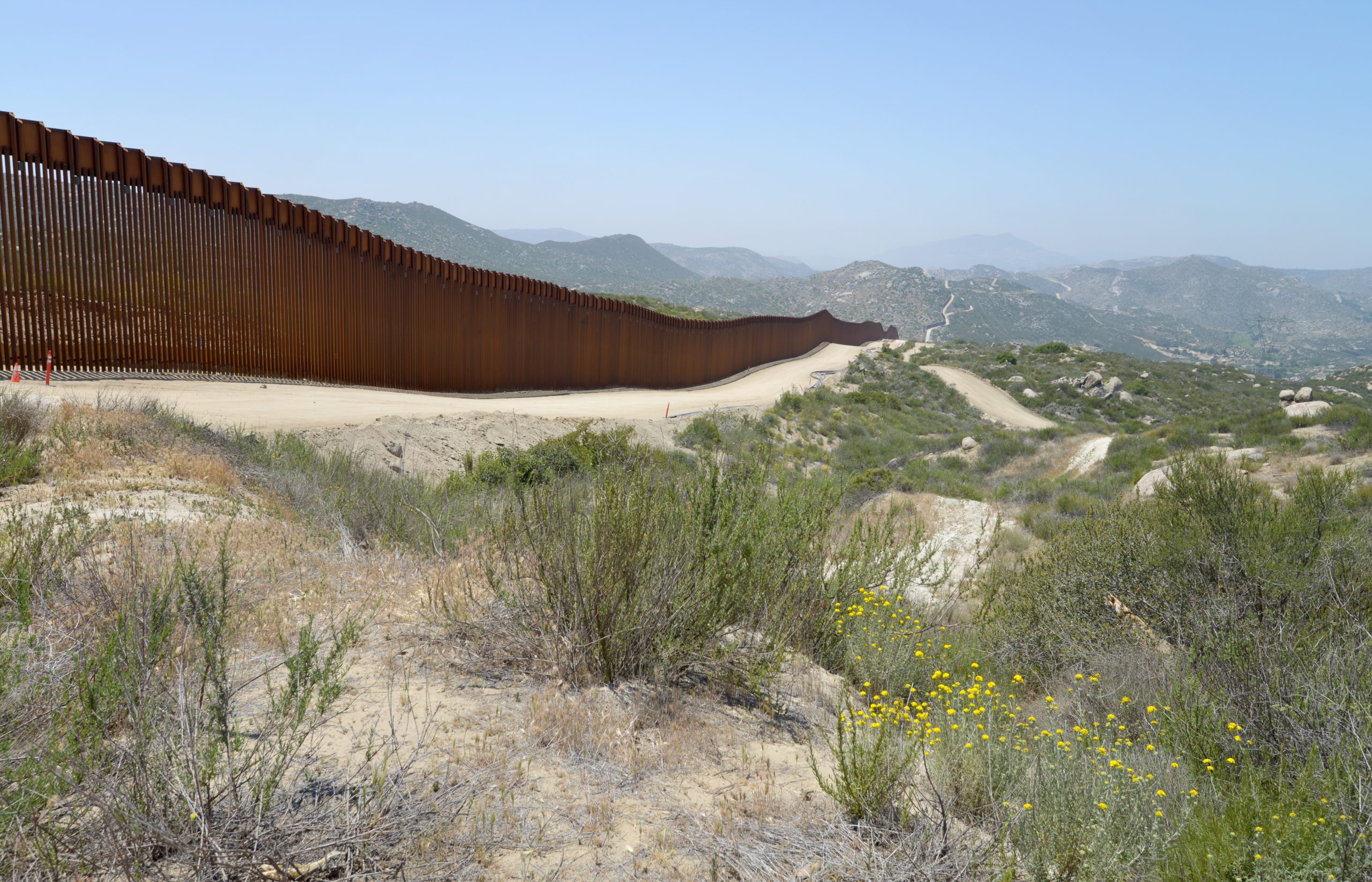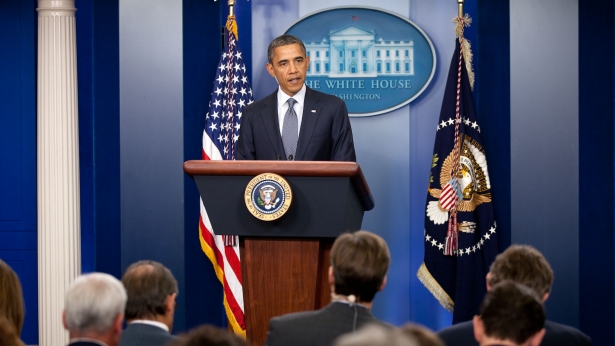By Evan Perkoski and Erica Chenoweth
Widespread pro-democracy protests have engulfed Belarus over claims that the recent presidential election was rigged. Incumbent President Lukashenko strongly rejects these claims and has resorted to violence and intimidation to remain in power.
In times of political upheaval like these, policymakers in the US and Europe often extoll the virtues of civil society—“the arena outside the family, the state, and the market, which is created by individual and collective actions, organizations, and institutions to advance shared interests.” Think churches, labor unions, community groups, professional associations, and so on. Policymakers commonly portray civil society as a redeeming force, able to right the wrongs of unjust political leaders. And in Belarus, not content to solely voice their support, American Secretary of State Pompeo and Polish Foreign Minister Czaputowicz even announced a monetary fund for Belarusian civil society and urged Lukashenko to negotiate with its leaders.
But is a strong civil society always good? In a new report for the Simon-Skjodt Center for the Prevention of Genocide at the US Holocaust Memorial Museum, we investigate the link between civil society and the duration and severity of mass killings—when states use widespread violence against their own civilians to inflict significant casualties. We find that the ways in which civil society engage in public life vary dramatically depending on the context.
There are many cases where the actions of civil society groups—helping to shelter or move vulnerable populations, refusing to implement genocidal policies, negotiating for the release of detainees, and actively resistance violence—has helped to reduce the number of civilians killed by state forces. In cases as diverse as Nazi-occupied Holland and France, India, East Timor, Colombia, the Ottoman Empire, and Eastern Europe, churches, civic organizations, labor unions, local community councils, and transnational networks played important roles in halting or foiling mass killings and providing civilian protection.
But in other cases, civil society can mobilize in support of state violence and encourage more fatalities. In Weimar Germany, post-World War I Italy, Rwanda, Indonesia, and elsewhere, civil society organizations served as critical sources of information about the identity and location of civilians, and sometimes mobilized to directly perpetrate violence as well. Civil society can also accelerate violence, not by being complicit, but by being an easy target. In pre-World War II Poland, as Jewish civil society groups began to expand their political power and make claims to equal citizenship, they and their sympathizers became visible targets—and anti-Jewish pogroms became deadlier as a result. The same was true in Indonesia, where the Indonesian Communist Party was targeted by the army and military-aligned militias throughout the country, resulting in hundreds of thousands killed between 1965-1966.
In our cross-national statistical analyses, we generally find that civil society, on its own, has little direct impact on the duration and severity of mass killing. There is no clear, direct relationship between a country’s civil society and the duration and scale of mass violence once these campaigns begin.
However, the political context in which civil society operates is highly significant. When countries are highly unequal—that is, when political power is distributed to favored socioeconomic or social (e.g., race, religion) groups—then civil society is linked to longer and more lethal mass killings. But when countries exhibit greater levels of equality, civil society is more likely to deter violence and is linked to shorter and less lethal mass killings. This could be because high levels of inequality make civil society organizations less likely to mobilize against violence, or more likely to support it. Or, governments that institutionalize inequality and openly discriminate against certain groups might use civil society participation as a means to identify their targets.
In effect, our statistical findings suggest that some of the worst mass violence occurs when civil society groups are robust and independent and where societal inequality is high. Particular cases of mass violence support this idea. In Rwanda just prior to the 1994 genocide, economic and social inequalities between Hutus and Tutsis were severe and civil society was relatively robust and independent of the state—indeed, the measure of participation in civic life for Rwanda in 1994 is nearly 50 percent higher than the average score for all countries experiencing mass killings, according to data from V-Dem. In Rwanda, there is also evidence that, during the genocide, civil society behavior varied widely: some civil society groups sheltered victims, others identified targets; some were perpetrators of violence, while others were the targets of violence. The bottom line: there is no single way to categorize the influence of civil society, and the way civil society operates during major national crises may depend on underlying political and social inequalities.
As with many concepts that are revered by policymakers as convenient panaceas to policy dilemmas, civil society is just not that simple. Our findings suggest that in the short term, it may be safer to couple support for civil society with mitigation techniques like sanctions, mediation, and other forms of direct engagement with the regime that prevent it from escalating a crackdown. In Belarus, for instance, this sort of multi-pronged strategy might be more effective than one that focuses on empowering civil society alone. But in the long term, we need more research on when and how a strong civil society can help rather than harm communities. Programs like those supported by the US Agency for International Development and the State Department could use this information to help foster civil society while simultaneously addressing the sources of its most troubling manifestations.

